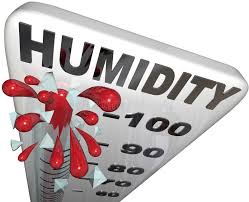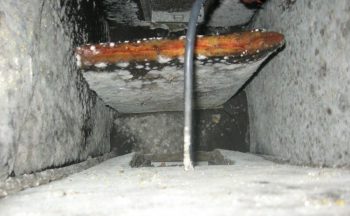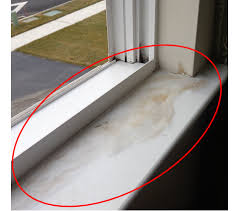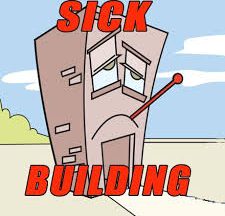 November 2019
November 2019
High humidity is a year-round concern. Buildings with high humidity suffer from problems that include pests and mould.
High humidity can result from cooking or other daily activities and hot water use. Factors affecting humidity can include air leaks through windows and water leaks.
Moisture problems can create an uncomfortable home, health issues, pest problems and structural damage. Excessive moisture can cause mildew, mould, and bacteria growth resulting in asthma, difficulty breathing or allergy problems. Mould and mildew can begin growing within 48 hours of an unaddressed water problem.
Visible signs of moisture include paint lifting or bubbling. Wood and other materials can become discoloured or warped. Metal can corrode and rust.
Excessive moisture attracts pests seeking water, food and shelter. Mould and mildew are a food source for them.
Controlling pests and avoiding problems with air quality requires everyone to practice preventative measures.
Management can minimize building-wide moisture and its problems:
- Appliances including heaters and dryers should be vented outdoors when possible
- Regularly clean ducts and vents
- Clean roof gutters and drains
- Minimize indoor condensation with adequate ventilation, dehumidifiers and air conditioning, use of kitchen and bathroom exhaust systems, and functioning HVAC systems
Residents can minimize moisture and its problems within their suite:
- Keep air conditioners running on warmer days to lower humidity levels
- Use exhaust fans when cooking or showering
- When not in use keep laundry and dish washing machine doors open
- Monitor windows, walls and pipes for signs of moisture – dry wet areas and report to building management
- Repair or report plumbing problems
 Once pest or air quality problems are identified, the services of air quality or pest control professionals is usually necessary.
Once pest or air quality problems are identified, the services of air quality or pest control professionals is usually necessary.
Find Vendors in these Related Categories
- Air Quality
- Blinds, Shades & Balcony Flooring
- Building Sciences
- Cleaning & Janitorial Services
- Cleaning Services - Ducts
- Cleaning Services - Windows
- Energy Services
- Energy Services - Efficiency
- Energy Services - Water
- Engineering Services
- Home Care
- Home Finishing
- HVAC
- Mould Detection & Remediation
- Odour Control
- Pest Control
- Plumbing Services
- Water Proofing & Systems
- Window Replacement/Repair







